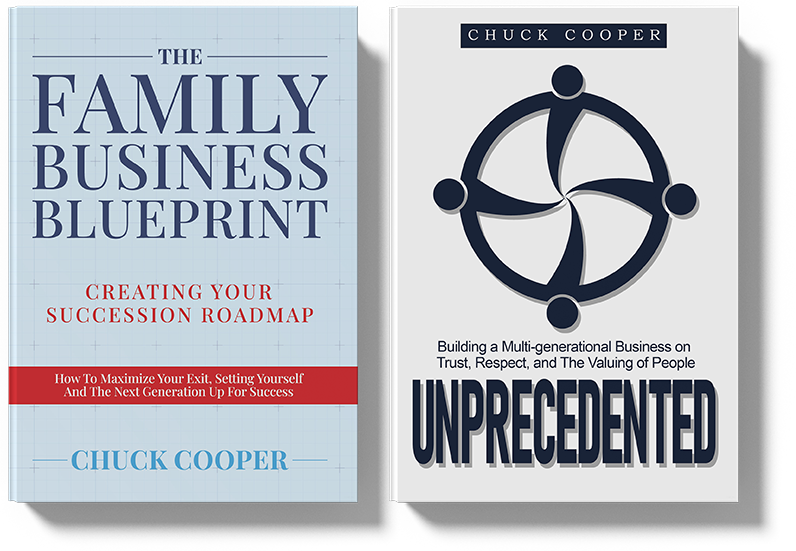
Studies indicate that a significant portion of the workforce struggles with mental health concerns; pre-COVID research showed the number eclipsed 20 percent, and it’s undoubtedly grown as the pandemic has increased rates of anxiety, stress, and depression.
Such high figures may come as a surprise to many. The reason for this is simple: There remains a lot of stigma surrounding mental health issues, particularly in the workplace. As such, many employees choose to suffer in silence rather than reveal their diagnoses.
This stigma presents a significant problem for workers, who may refuse to seek treatment because they fear that doing so could imperil their employment status. It presents a problem for mental healthcare providers, too, who are often faced with the uncomfortable scenario of counseling patients on how to address their problems in the workplace without breaking their secrecy.
The bottom line is that many mental health concerns are unrecognized, undiagnosed, and untreated. By raising awareness and increasing understanding, however, employees and employers alike can begin to remove stigma and create workplaces that are safe and welcoming.
Common Mental Health Problems
A good place to begin is with a simple review of common mental health problems, and the impact they can have in the workplace.
Depression
Research suggests that close to seven percent of U.S. adults suffer from depression. The question is, what does depression look like in the workplace? Though it is often associated with a low or “depressed,†mood, this condition can manifest differently in the work setting. Common signs of depression include restlessness, nervousness, and irritability. In addition, employees who have depression may be listless, lethargic, withdrawn, and unproductive. Depression can also result in an obsession with aches, pains, and minor physical discomforts.On average, employees with depression report the equivalent of 27 lost workdays each year… nine sick days, and 18 days reflecting lost productivity. Similarly, research shows that employees with depression are more likely to lose their jobs, or to change jobs often.
Again, a big part of the problem is stigma, which keeps employees from seeking the care they need; fewer than half of employees with depression actually get adequate clinical intervention, according to a Harvard report.
Bipolar Disorder
Individuals who have bipolar disorder tend to cycle between a very high, energetic mood (mania) and a low, listless mood (depression.)
The impact on the workplace can be significant and wide-ranging. An employee in mania may break rules, act rashly, or exhibit reckless judgment. And an employee in the depressive stage may show some of the same symptoms we mentioned in the previous section.
About six million American adults have bipolar disorder, according to one study. According to researchers, employees with bipolar disorder may take as many as 28 workdays each year, and lose another 35 in missed productivity.
Again, stigma keeps many individuals from seeking the care they need; about two thirds of those with bipolar receive treatment, but few get the level of care they really need to keep their symptoms under control.
Anxiety Disorders
Anxiety disorders can manifest in a number of different ways, including difficulty concentrating; fatigue; restlessness; and worry. Employees with this condition may have a lot of insecurity about their role in the workplace and seek constant reassurance.
More than six percent of Americans deal with anxiety disorders, and it often takes up to 10 years for these problems to be recognized and diagnosed.
And, anxiety disorders often lead to other mental and physical health symptoms, ranging from insomnia to gastrointestinal problems. As such, employees with anxiety disorders are likely to take a lot of sick days or suffer from low productivity in general.
Investing in Employee Wellbeing
As we have mentioned in the past, the COVID-19 pandemic has only made mental health issues more pronounced; if ever there was a time for employers and HR leaders to create safe, healthy workplaces, it’s now.
A good place to begin is with basic education: Make sure you’re aware of the common mental health disorders and their effect on the workplace. And begin doing everything in your power to break down stigma and encourage employees to seek proper care.
With any questions, reach out to WhiteWater Consulting today.
Social media:
What does mental illness look like in the workplace?


